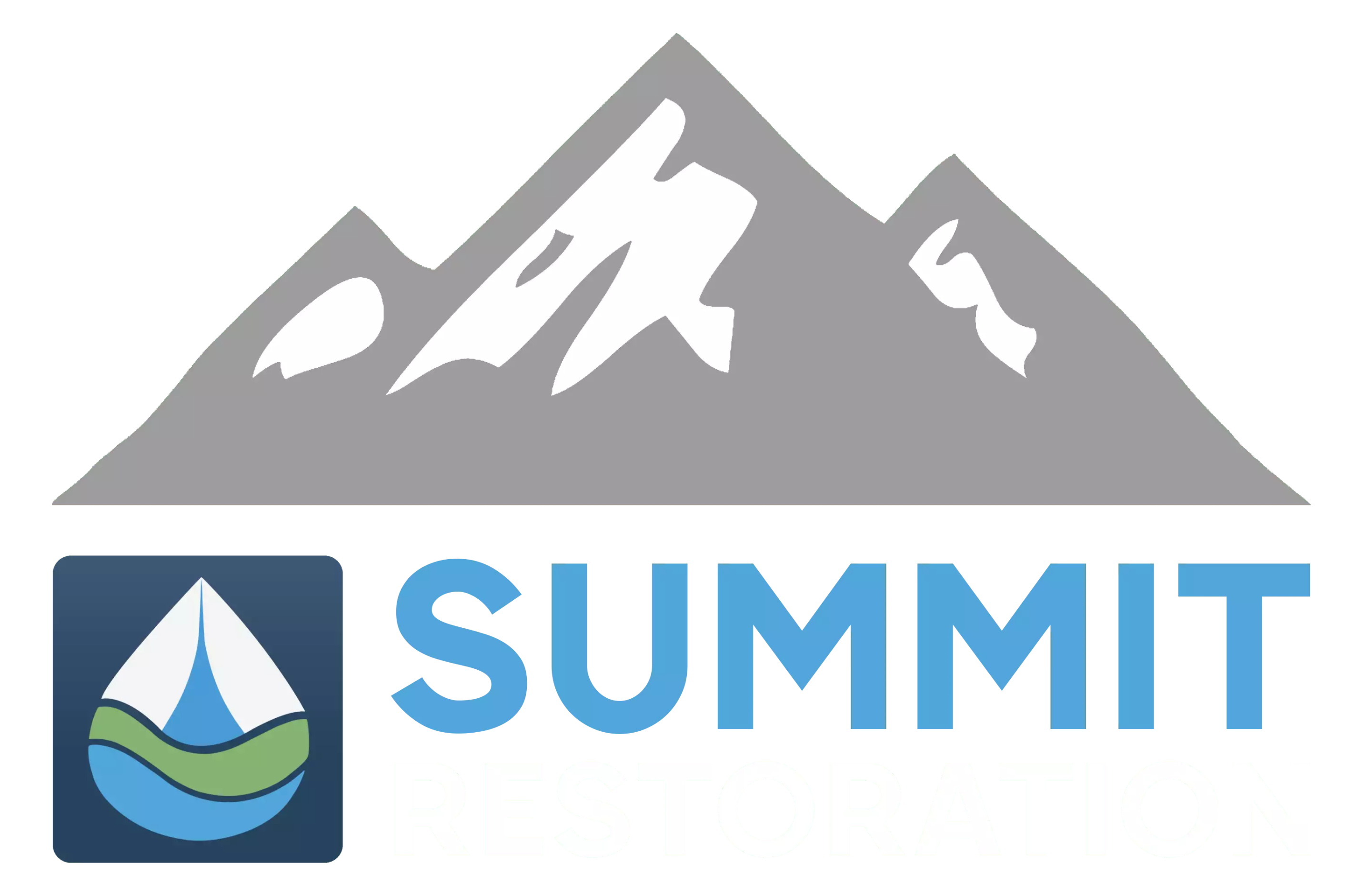Sewage damage is one of the most hazardous and unpleasant situations a property owner can face. Whether caused by water damage, a clogged drain, an overflowing toilet, or a broken sewer line, sewage backups pose serious health risks and can lead to significant structural damage. Prompt and proper cleanup is crucial to restoring safety and preventing long-term issues.
Understanding Sewage Damage
Sewage damage refers to contamination from wastewater that contains bacteria, viruses, and other harmful pathogens. When raw sewage enters your home or business, it can cause extensive damage to floors, walls, furniture, and electrical systems. Immediate action is necessary to minimize health risks and property destruction.
Causes of Sewage Damage
Several factors can lead to sewage damage, including clogged drains, tree root intrusion, old or damaged pipes, heavy rainfall, and septic system failures. Accumulated grease, hair, and debris often block pipes, leading to backups. Tree roots can infiltrate sewer lines, causing leaks and blockages. Aging pipes may crack or collapse, while excessive rain can overwhelm sewer systems. Poorly maintained septic systems can also contribute to sewage backups.
Steps for Safe Sewage Damage Cleanup
Proper cleanup requires a systematic approach to ensure safety and complete restoration.
- Ensure Safety First: Evacuate the affected area, turn off electricity and gas, and wear protective gear like gloves, masks, and boots.
- Stop the Source of the Problem: Identify the cause of the sewage backup and take immediate steps to stop further leakage. Contact a professional plumber if needed.
- Remove Standing Water: Use a wet vacuum or pump to extract sewage water, avoiding household vacuums.
- Dispose of Contaminated Materials: Carpets, furniture, and drywall should be discarded, while non-porous surfaces can often be disinfected and restored.
- Clean and disinfect: Use industrial-grade disinfectants to eliminate bacteria and viruses, scrubbing affected areas thoroughly.
- Dry and Dehumidify: Fans and dehumidifiers help accelerate drying and prevent mold growth.
- Inspect for Mold Growth: Mold can develop within 24-48 hours in damp environments. Conduct a thorough inspection and use antifungal treatments if necessary.
- Professional Restoration: Severe cases require professional sewage cleanup services to ensure thorough cleaning and restoration.
Health Risks of Sewage Damage
Sewage water contains harmful pathogens that can cause bacterial infections, viral diseases, respiratory problems, and skin irritations. Exposure to contaminants like E. coli and Salmonella can lead to severe illnesses. Mold and airborne pollutants can trigger allergies and breathing issues. Direct contact with sewage water may result in rashes and infections.
Preventing Sewage Damage
Taking preventive measures can help reduce the risk of sewage damage. Regular plumbing maintenance ensures drains remain clear. Proper waste disposal, such as avoiding flushing wipes, grease, and feminine hygiene products, prevents blockages. Installing backflow prevention devices keeps sewage from flowing back into your home. Monitoring tree growth near pipes reduces the risk of root intrusion. Preparing for heavy rainfall by maintaining drainage systems and installing sump pumps helps prevent overflows.
When to Call a Professional
While minor sewage spills may be manageable, larger or hazardous situations require professional intervention. Contact certified sewage damage cleanup services if the damage covers a large area, has soaked into walls and flooring, or if mold growth and foul odors are present. Extensive contamination poses serious health risks and requires specialized cleaning tools and protective equipment.
FAQs About Sewage Damage Cleanup
1. How long does sewage damage cleanup take?
Cleanup time depends on the severity of the damage. Minor incidents may take a few hours, while extensive contamination can require several days of cleaning, drying, and restoration.
2. Can I clean sewage damage myself?
Small, contained spills can sometimes be cleaned with protective gear and proper disinfectants. However, for significant damage, professional services are recommended to ensure safety and thorough restoration.
3. Will my homeowner’s insurance cover sewage damage?
Coverage varies by policy. Some insurance plans cover sewage damage if it results from a sudden event, while others may require additional endorsements. Check with your insurance provider for details.
4. How can I prevent sewage backups in my home?
Regular plumbing maintenance, proper waste disposal, and installing backflow prevention devices can help prevent sewage backups. Additionally, monitoring tree roots near sewer lines can prevent potential blockages.
5. What should I do immediately after sewage damage occurs?
Evacuate the area, turn off utilities if necessary, and contact a professional sewage cleanup service. Avoid direct contact with contaminated water and wear protective gear if you must enter the affected area.
Conclusion
Sewage damage is a serious issue that requires immediate attention. Understanding the causes, risks, and proper cleanup methods can help protect your property and health. Whether tackling a minor spill or dealing with extensive contamination, taking the right steps ensures a safe and effective restoration. When in doubt, always seek professional assistance to handle sewage damage properly.


